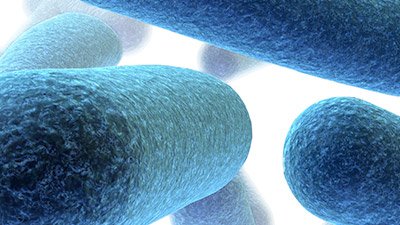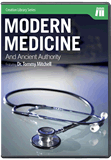
Evolving E.coli
Highly virulent strain of Shiga-toxin producing Escherichia coli continues to wreak havoc.
News Source
A deadly strain of enterohemorrhagic Escherichia coli (EHEC) is causing an epidemic in Germany. At least 26 people have died, and more than 2,700 cases have been reported in 13 countries1 (including 4 in the United States2). Most are traceable to Germany. The source of the infection continues to elude epidemiologists.
EHEC are so dangerous because they produce Shiga toxin. Attacking blood vessels in the kidney and digestive tract, Shiga toxin causes bloody dysentery and hemolytic uremic syndrome. EHEC victims are treated with fluids and supportive care but not antibiotics, as these bacteria generally respond to antibiotics by increasing Shiga toxin production. (Experimental treatment with monoclonal antibodies3 is being tried.)
Thanks to the newest DNA sequencing technology, researchers sequenced the bacteria’s genome in record time and forwarded the results to laboratories worldwide. The germ has been identified as Escherichia coli O104:H4 (STEC O104:H4), a bug originally identified in Münster, Germany, in 2001, when it caused five infections. “Seven genes crucial to both bugs' survival are identical, as are 12 virulence/fitness genes.” However, “the 2001 bug likely swapped genetic material with other bacterial strains,”4 making it far more virulent than its cousin.
Alexander Mellmann of the University Hospital of Münster commented, “Everything we know so far indicates it is an evolved strain. If it was completely unknown, we’d struggle a lot more in our effort to fight it.”5 His statement calls to mind a common misconception about bacterial modifications and bacterial resistance. What he means is that the present bug is an identifiable bacteria which has changed in some way. If the bacteria had truly evolved, it would be changing into something other than E. coli. By comparing the genomes and behavior of the 2001 and 2011 bugs, researchers hope to track down its source.
The new version of 0104 has acquired genes for resistance to eight classes of antibiotics and to the mineral tellurium dioxide. Neither antibiotics nor tellurium are used to treat EHEC, but exposure to them has probably selected out those with these resistance patterns. Because tellurium was historically used in the treatment of tuberculosis and leprosy as well as in industry, an environmental source is possible. Strain 0104 is unknown in animals. So far food sources have remained the most suspect, but epidemiologic detective work has not produced any answers yet.
Bacterial strains do not have to “evolve” resistance to antibiotics; they just have to survive when their non-resistant neighbors get killed off.
The antibiotic-resistance and tellurium-resistance patterns are not directly relevant to treatment. Rather, these characteristics provide clues to 0104’s source and ultimately to its history. Bacterial strains do not have to “evolve” resistance to antibiotics; they just have to survive when their non-resistant neighbors get killed off. Then those harboring genetic mutations conveying that resistance or resistance genes obtained from other bacteria, reproduce and pass on that information to the new population.
God created a good world in which bacteria were not harmful. The majority of E. coli strains are still beneficial. But many bacteria in this sin-cursed world have become pathogenic. As bacterial genomes get modified by mutations and genetic material received from other bacteria, new pathogenic strains emerge.
Further Reading
For More Information: Get Answers
Remember, if you see a news story that might merit some attention, let us know about it! (Note: if the story originates from the Associated Press, FOX News, MSNBC, the New York Times, or another major national media outlet, we will most likely have already heard about it.) And thanks to all of our readers who have submitted great news tips to us. If you didn’t catch all the latest News to Know, why not take a look to see what you’ve missed?
(Please note that links will take you directly to the source. Answers in Genesis is not responsible for content on the websites to which we refer. For more information, please see our Privacy Policy.)
Footnotes
- G. Naik and L. Sevens, “Gene Probe Yields E. coli Clue,” The Wall Street Journal, June 9, 2011, http://www.wsj.com/articles/SB10001424052702304778304576373650243960700.
- “Outbreak of Shiga toxin-producing E. coli O104 (STEC O104:H4) Infections Associated with Travel to Germany (FINAL UPDATE),” Centers for Disease control and Prevention, July 8, 2011, http://www.cdc.gov/ecoli/2011/travel-germany-7-8-11.html.
- M. Turner, “German E. coli Outbreak Leads to Drug Trial,” Nature, May 27, 2011, doi:10.1038/news.2011.332.
- Naik and Sevens, “Gene Probe Yields E. coli Clue.”
- Ibid.
Recommended Resources

Answers in Genesis is an apologetics ministry, dedicated to helping Christians defend their faith and proclaim the good news of Jesus Christ.
- Customer Service 800.778.3390
- © 2024 Answers in Genesis





